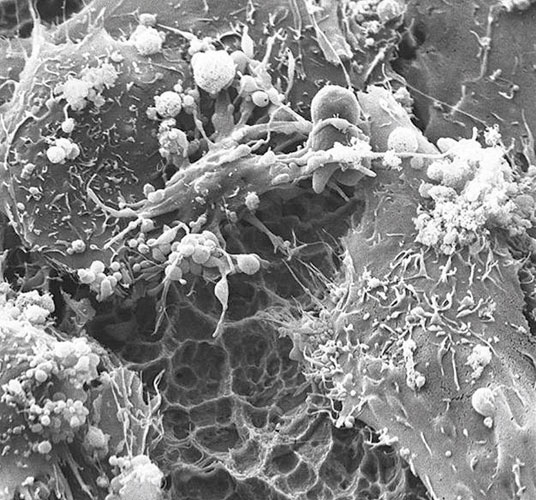MARKETING STRATEGY
A strategy in general is a plan about how to get from one place to the other desired place. However, no plan can be developed without a proper preparation. First, a company has to realize where it is now and where does it want to go in the future. For management this means taking strategic decisions about the company‟s mission and the width of its domain (e.g. types of industries, product lines). Knowing the starting point and the final point allows a company to think about how to get there. The choice of the ways to get to the final point can be limited by financial and human resources and that is the reason why a company needs to know how to obtain and allocate its resources.
Another important factor of success of the plan is to know how a company will compete with its competitors and how it can position itself to get a sustainable advantage. Having the research done and the plan developed a company can start translating the plans into actions. To see if the plan is working well a company should control the results of the implementation in comparison with its plans and eventually make some corrections to the original plan.
The same approach is used in a strategic marketing process although it goes more into detail. A company allocates its marketing mix resources to reach its target markets.
This process consists of three main phases: the planning, implementation, and control phase. (For more information see picture nb. 1).
The strategic marketing process is formalized in a marketing plan that specifies all the marketing activities in a certain time frame (usually long term and annual periods) in order to reach the defined marketing goal, which must be consistent with other business goals of the company to improve the total performance. The marketing plan should be simple, to the point and respecting the design of the brand, product plan, market segment and geographical plan. It has to contain at minimum: situation analysis, marketing objectives and goals, marketing strategy (including the marketing mix and the marketing budget), marketing action plan and marketing controls. There are several types of marketing plans:



